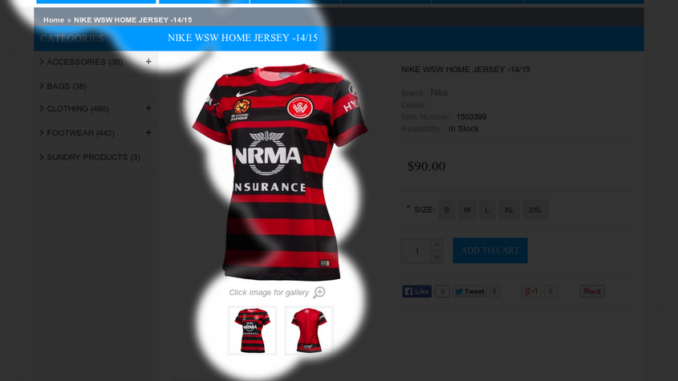
This article is a “from the vault post” – I originally wrote it back in March 2014. The site I wrote it for no longer exists, so I’m bringing it back to life on the Local Digital blog. A while back I wrote this post that covered how simple things can have nice results. This was a client that came to us after they had tried migrating their site themselves and lost a substantial amount of traffic in the process. As the previous article covered, we saw some nice initial gains from optimising the on-page content and metadata, however, there was more work to do to claw back the missing traffic. It’s now six months later, and the results look something like this: In January of 2014, the site saw a 3.15% increase in SEO traffic when compared to January of 2013. This is a massive turnaround, as it had plunged to depths as low as an 80% decrease in SEO traffic in June 2013, all due to the failed site migration. With that in mind the recovery has clearly been a success, but what did we do to achieve these results, and more importantly, what could the client have done to avoid the losses to begin with? The major issue here was the site owners migrated from an old CMS to a new one and in the process failed to recreate a large number of pages on the new site. Each one of these pages had been indexed in Google and was bringing in visits here and there. With the pages missing so too was the opportunity for traffic. To give you an idea of what was going on, take a look at these screenshots. In June 2012 the site received SEO visits on 1,630 different landing pages: In June 2013 this had plummeted to only 585 different landing pages: The culprit had been identified, but how would you go about fixing this? And more importantly, if you were considering a site migration how could you be certain to migrate over all of the essential pages to the new site? It’s pretty simple. You should first run an SEO landing page report in Google Analytics that covers a decent time period. In this case, we did it from January 1, 2012 right up to the migration date at the end of February 2013. We exported this report and for every single page that had received traffic we checked if it had been recreated on the new site. If it wasn’t there, it was added. As the below screenshot shows, there were a total of 6,953 landing pages that had sent SEO visits in that period: Once the missing pages were recreated, Google crawled them over time, indexed them and the traffic started returning. Due to the large number of pages and the time it took to recreate them on the site, the recovery process in this particular case ended up taking 6 months. So how would you avoid this if you were considering a migration of your own? Run a landing page traffic report as above before migrating your site, and ensure all the relevant pages are ready to go on the new site before sending it live. Also, if you’re changing domain name or URL structure in the process you’ll need to also have a 301 redirect mapping strategy in place…. But that’s a topic for another time. The rich text element allows you to create and format headings, paragraphs, blockquotes, images, and video all in one place instead of having to add and format them individually. Just double-click and easily create content. A rich text element can be used with static or dynamic content. For static content, just drop it into any page and begin editing. For dynamic content, add a rich text field to any collection and then connect a rich text element to that field in the settings panel. Voila! Headings, paragraphs, blockquotes, figures, images, and figure captions can all be styled after a class is added to the rich text element using the “When inside of” nested selector system.

Leave a Reply